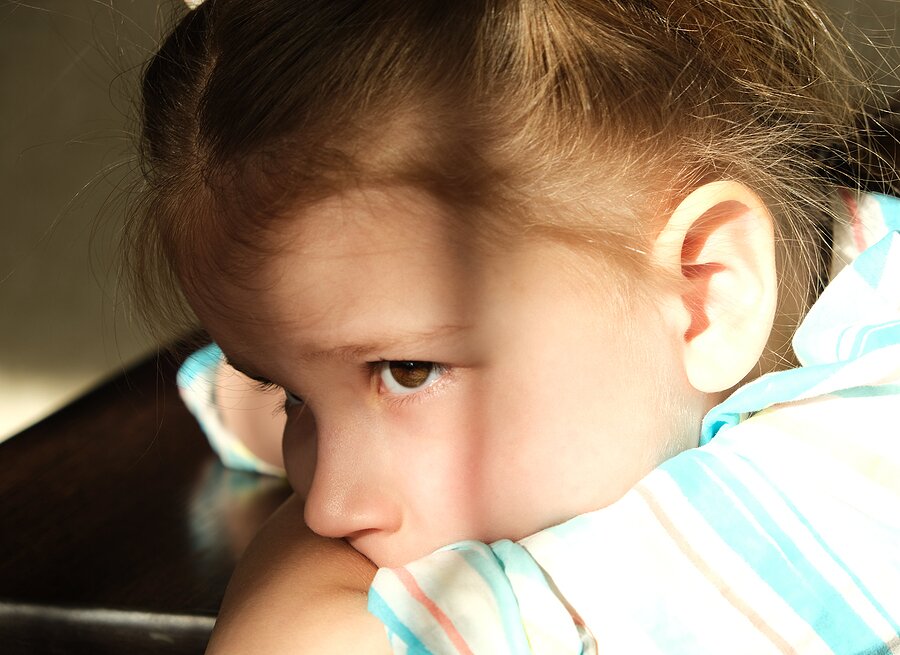Your Children and the Death of a Pet
The death of a family pet is often the first death a child will experience. Children develop strong emotional attachments to their pets. They will relate to them as siblings, playmates, and protectors. The loss of a family pet can be devastating to the whole household. But, as children are not as equipped to handle the loss, you as the parent should be ready to provide them with guidance during this difficult time. This article will discuss tips for talking about the loss of a pet with your child.
Talking About Death, By Age
This section will break down different developmental stages for children, and how they may respond to the passing of a beloved pet. Children do not respond in the same way to grief as adults. Children are naturally curious and may ask questions. It is best to be truthful. It is also important to note that your child may understand more about death than you might realize. They may have learned about some aspects of death from TV, games, school, or classmates.
Ages 2-3
Most young children do not have any concept of death to draw understanding from. They should be told that their pet has died, and will not be coming back. It is important to let them know that the death of the pet is not their fault. Children at this age may not know how to respond to the loss, but may empathetically copy your emotional response of sadness and grief. It is perfectly acceptable to cry or show your feelings of grief to them. Let them know that it is OK to feel sad or cry at the loss of a loved one. At this age, a child may accept a new pet very easily.
Ages 4-6
Children at this age may have a basic understanding of death, but may not fully understand its permanence. They may ask questions about death. It is best to be honest with them. Children at this age may internalize their grief, and may even blame themselves for the loss. Ensure to them that it is not their fault. They may assume that past anger or meanness towards the animal is the cause of their passing. Children at this age may experience bladder or bowel disturbances as part of their internalized grief. Encourage them to draw pictures of their lost pet or share happy memories. Include them in any memorial plans.
Ages 7-10
By this age, most children will understand that death is irreversible. They may have gone to funerals for distant relatives and may have more than a basic understanding of how people usually grieve a loss of a loved one. At this point, they probably don’t think death will happen to them, but they may be concerned about losing their parents. At this point in their life, they are going to be able to ask more complex questions about death. Some of these questions may seem curt, or downright morbid, but they usually stem more from curiosity than anything else. At this age, their grief may show in many ways, such as anti-social behavior, aggression, bedwetting, or clinging behavior.
Ages 11-13
At this age, most children have a more concrete understanding of death. They understand that it is a natural part of life and that it happens to all living things eventually. They will usually react to death much like an adult would, often using their parents as a model. They may still ask questions regarding death, which may be more complex than those of a younger age.
Teenagers
Teenagers may experience a range of emotions, as they can fully understand and process grief. Some may seem completely numb, while others may seem overemotional. Both reactions are completely normal for teens. Peer approval is also very important at this age. If their friends are supportive, it can be a lot easier for them to accept the loss of their childhood pet.
Young Adults
While no longer children, young adults can have deep feelings of loss and grief towards the loss of a childhood pet. They may feel guilty for not spending as much time at home with the pet, such as going away to college or working long hours. If they are no longer living at home, they may miss out on saying goodbye to the pet, which can add additional feelings of guilt or regret. It is important to assure them that these feelings are natural.
Answering Questions About Death
Children may ask many questions regarding death after the loss of a pet. It is good to be as honest as possible. You do not have to go into detail. With younger children, simple answers may be enough to satisfy them. You may want to base your answers on your own belief system, but it can also be good to tell them that people don’t truly know what happens after you die.
Informing Other Caregivers
Your child’s other caregivers should be informed of the loss to help ensure that they are processing their grief in a healthy way. Communicating with grandparents, babysitters, and teachers regarding the loss can be a good idea.
Memorializing a Pet
There are many ways to memorialize a pet that has passed away. It is often a good idea to get your children involved in this process. Encourage them to draw pictures of their pet or share fond memories. Consider creating a scrapbook of photos and drawings of the pet. When considering what to do with the remains, you may want to include your children in the decision-making process. This may include burial or cremation. If the pet is cremated, you might keep the ashes in an urn, or scatter them. If the pet is to be buried, you can look for a pet cemetery, or bury them in your backyard. Your child may want to help with the memorial sendoff. Ask them to say a few words, even if it is just a final goodbye. A candle-lighting ceremony can be nice for children. Or, consider planting a tree or bush in your backyard in memoriam.
Matthew Funeral Home’s memorial gift shop offers a number of items to help in the grieving process after the loss of a pet, including pet urns and memorial headstones. For more information regarding our Pet Memorial items, contact us.
The author of this post is not a professional therapist or counselor. For assistance in finding a grief counselor that is right for you, there are a number of resources out there. For our Grief Resource center, written by Dr. Bill Webster, click here.
For over 50 years, Matthew Funeral Home has been serving the Staten Island community. We can help with almost every aspect of your loved one’s memorial service. Our family is here to serve yours, every step of the way.
 (718) 761-5544 |
(718) 761-5544 |  matthewfh@matthewfuneralhome.com |
matthewfh@matthewfuneralhome.com |  2508 Victory Boulevard, Staten Island, NY 10314
2508 Victory Boulevard, Staten Island, NY 10314








 matthewfh@matthewfuneralhome.com
matthewfh@matthewfuneralhome.com
Comments